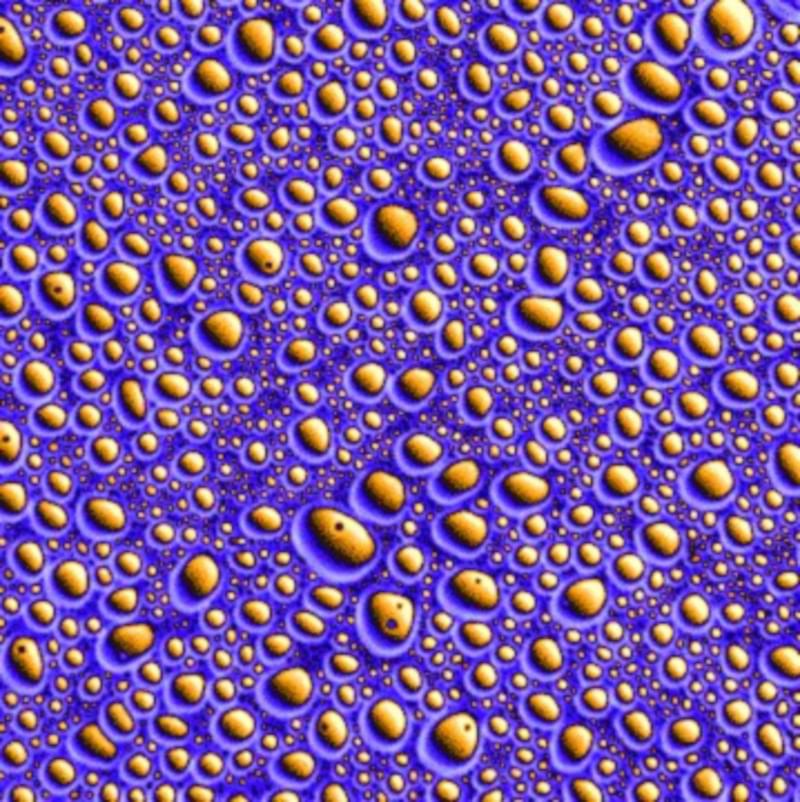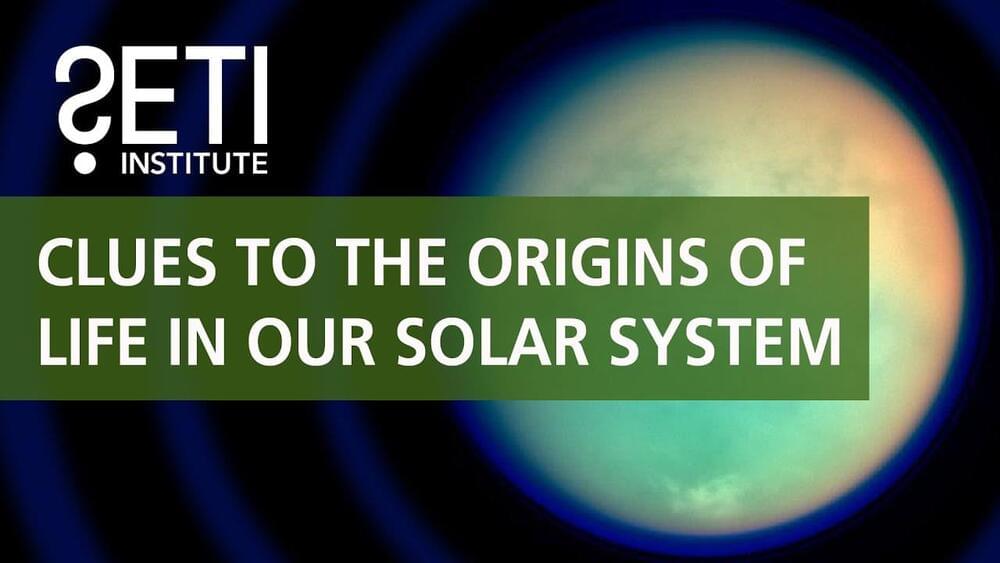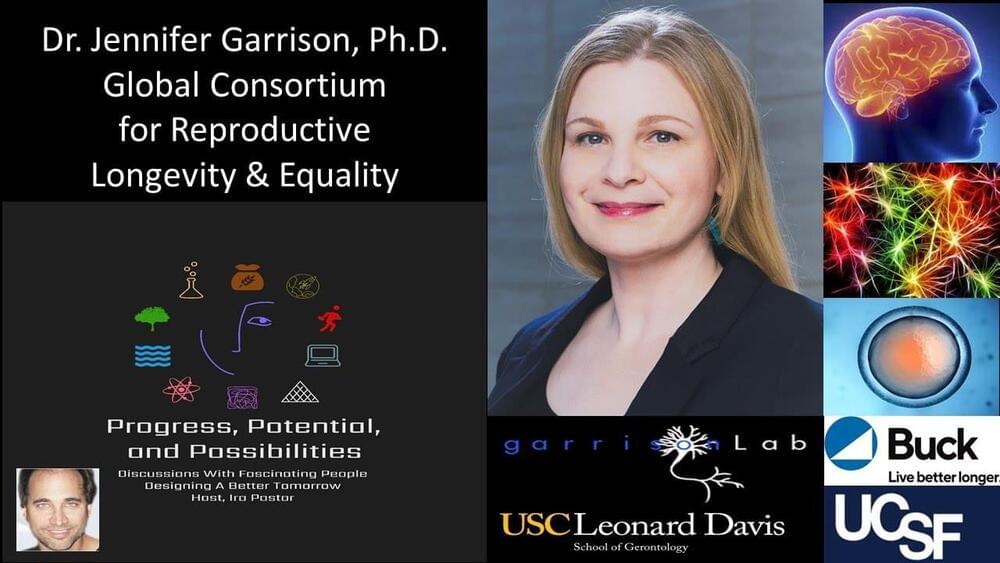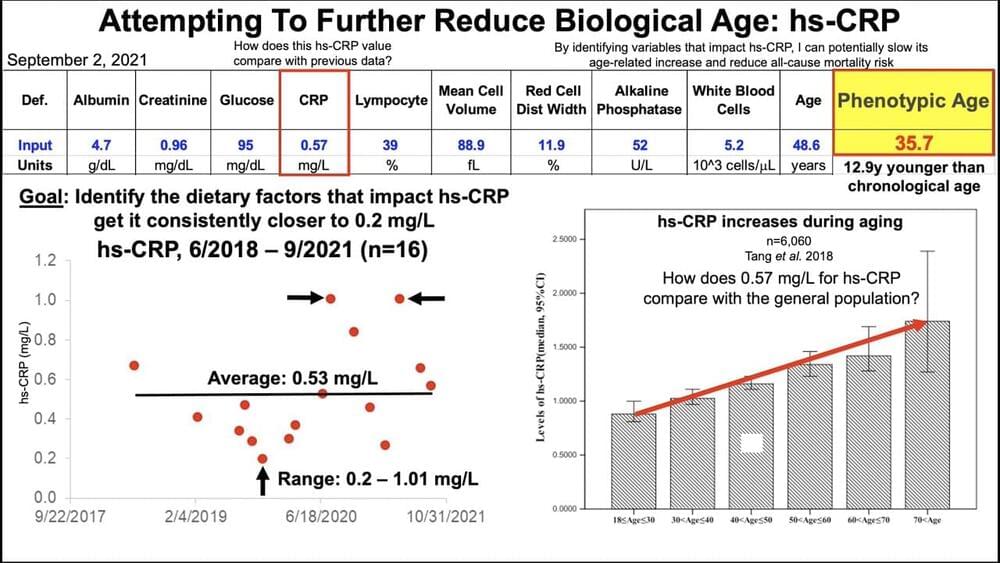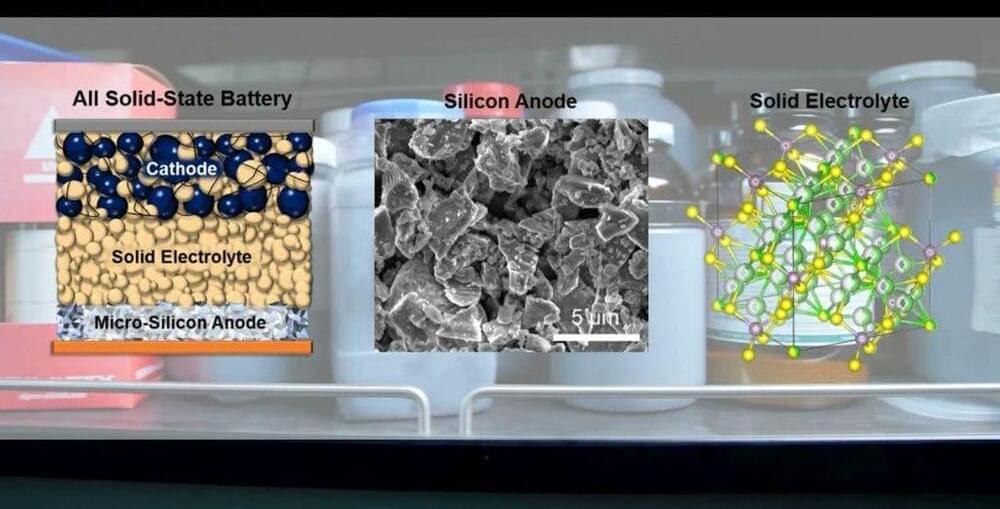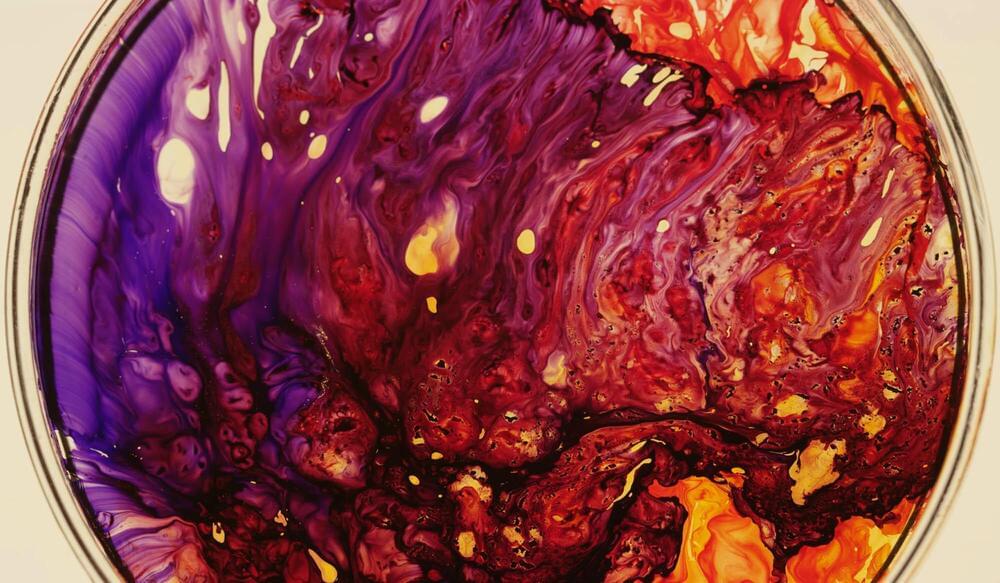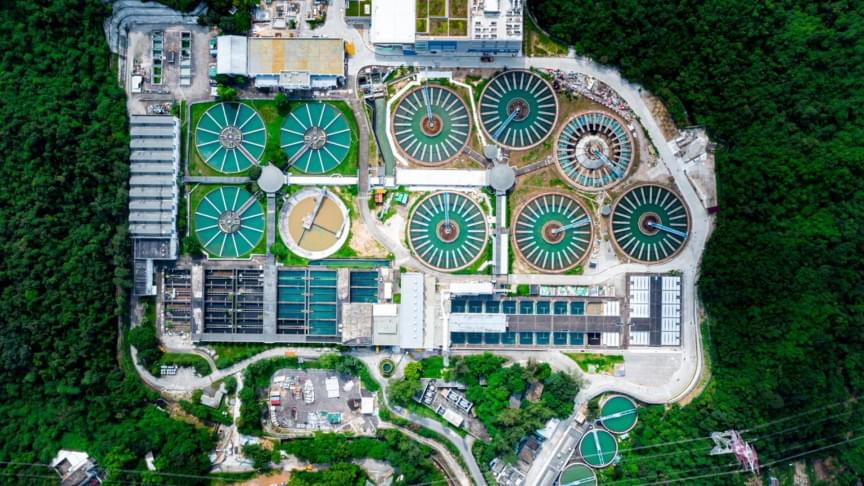Sep 29, 2021
Self-replicating protocells created in lab may be life’s “missing link”
Posted by Jason Blain in categories: biological, chemistry, evolution
A possible explanation for life from nonliving material.
Exactly how life first emerged from non-living matter is one of the most enduring mysteries of science. In a new study, Japanese scientists have created self-replicating protocells in the lab, which they say could represent the “missing link” between chemistry and biology.
Primitive Earth was covered with a sludgy mix of chemicals, containing organic molecules that formed the precursors for vital biological components like proteins and amino acids. There are several different hypotheses for how and where life sprang out of this soup, but one of the first ideas was known as chemical evolution, which is what the new study investigated.
Continue reading “Self-replicating protocells created in lab may be life’s ‘missing link’” »
